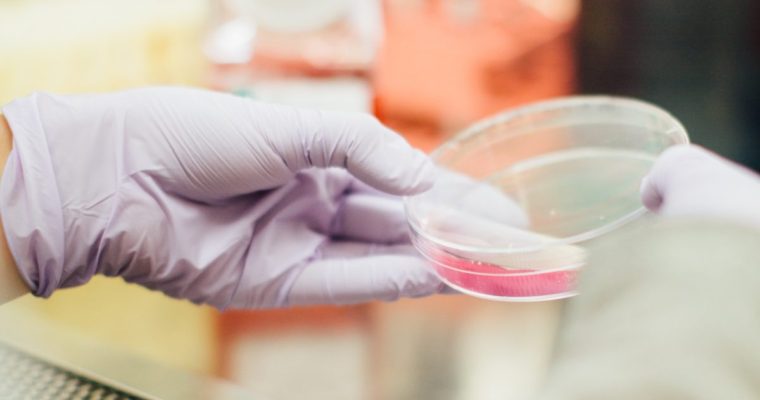Photo by Imani Clovis on Unsplash
Research shows that digital breast tomosynthesis, better known as 3-D mammography, has the ability to detect more invasive and possibly more dangerous cancers than a traditional digital mammogram.
How does a 3-D Mammography work?
3-D mammography is significantly more detailed than traditional mammogram techniques. During the 3-D section of the exam, the X-ray arm – which uses a comparable dose of radiation to a traditional mammogram – sweeps over the breast in a slight arc, producing multiple images in mere seconds. A computer then produces a 3-D image of your breast tissue in one-millimeter slices, providing greater visibility for the radiologist to see tissue details like never before.
More information on Mammographic breast density and breast cancer risk
After the FDA approved the use of digital breast mammography in 2011, about 15% of women have opted for this new method. Ultimately, the goal of 3-D mammography is to detect breast cancer as early as possible so women with breast cancer have more available treatment options. The downfall, however, is that these machines are heavy, costly, and not yet available at most facilities.
So, where does that leave women who simply cannot afford the extra costs associated with the 3-D mammograms? Experts suggest that women should still go for their traditional 2-D mammograms. Getting regular mammograms allows your doctor to easily compare your current images with previous scans, which leads to earlier detection of breast cancer.
New Study: Vitamin B6 and Vitamin B2 may strongly protect women from breast cancer
Researchers in Northern Italy performed a nested case-control study of women aged 35 to 65 beginning in 1987. They had blood samples taken repeatedly over the years. Over a 15 year period a number of women developed breast cancer. Their data and blood samples were compared to those of women who retained their health.
A variety of specific vitamins, minerals and nutrients are essential for supporting specific women’s health needs.
Vitamin B6 (pyridoxine) at higher concentrations in blood plasma was strongly correlated with lowered cancer incidence. It was connected to a decreased risk of breast cancer overall by 22%, decreased the risk of breast cancer in premenopausal women by 34%, decreased the risk of estrogen dependent breast cancer by 21%, decreased the risk of progesterone dependent breast cancer by 28%, and decreased the risk of breast cancer in women who consumed alcohol by 29%. Vitamin B2 (riboflavin) was also connected to protection decreasing the risk of breast cancer in younger premenopausal women by 55%. The study is published June 1st, 2016 in The Journal of Nutrition.
Source: http://thechart.blogs.cnn.com/2014/06/24/do-i-need-a-3-d-mammogram/?hpt=he_c2
What are your thoughts on this new technology for a mammogram? Leave us a comment to join the conversation!



